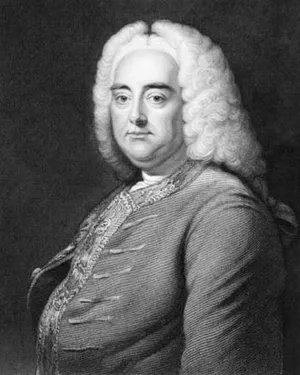Program Notes
MESSIAH, A SACRED ORATORIO
By JJ Abernathy
THE MUSIC
Handel’s immortal masterpiece, Messiah (1741), lifts and elevates the human soul like a cherished treasure. Some consider it one of the greatest musical pieces of all time and the greatest work written in England. Truly, Messiah is among the most often performed works in the history of classical music. Some have said the reason for its popularity stems from being relatively easy to play, but also because the libretto comes from familiar biblical text, the story of Christ being universally understood. The message is communicated by telling the story of Jesus’ mission primarily through Old Testament passages and to justify the doctrine that Jesus Christ was truly the Messiah promised by the Hebrew prophets.
Handel commenced writing on August 22, completed his draft on September 12, and finalized its creation before he left London for Dublin in December. He was 56 years old when he composed this work, a work appearing at the midpoint of his thirty or so oratorios. Handel wrote Messiah at a time when interest in Italian opera seemed to be waning and his own financial future appeared on the decline.
Handel arranged for Messiah to serve as the climax of the Dublin entertainment season for the benefit of three charities. The first performance created a sensation, with hundreds of enthusiastic listeners being turned away. Less than a year later Handel presented Messiah to London audiences, but debates ensued when it was discovered he planned to stage his sacred work at a popular theatre. It was at one of these performances that King George II, Handel’s patron, stood in respect to the Almighty at the beginning of the “Hallelujah” chorus, a tradition that carries with us today.
Sir Thomas Beecham, one of the finest English conductors, wrote in his memoirs about Handel’s music: “Since [Handel’s] time mankind has heard no music written for voices [that] can even feebly rival his for grandeur of build and tone, nobility and tenderness of melody, scholastic skill and ingenuity and the inexhaustible variety of effect... Handel is the undeniably great international master of all time.
PART I – THE NATIVITY
The first section paves the way for the coming of Christ with the chronicling of the events of the nativity.
PART II – THE PASSION AND RESURRECTION
The second part portrays the Passion, death, and resurrection of Jesus, ending with the “Hallelujah” chorus. Purportedly, one of Handel’s servants heard Handel exclaim after composing this section: “I did think I did see all Heaven before me, and the great God himself!”
